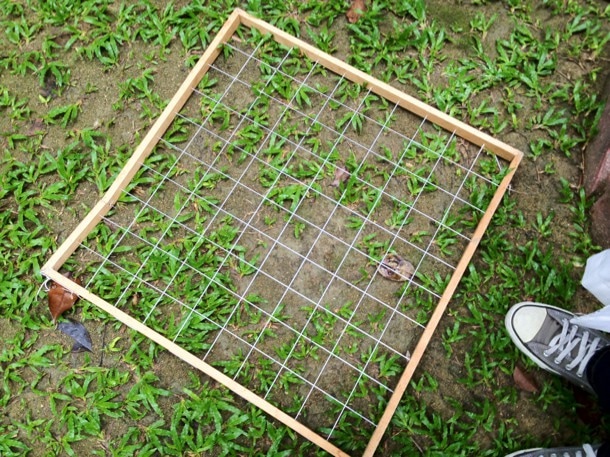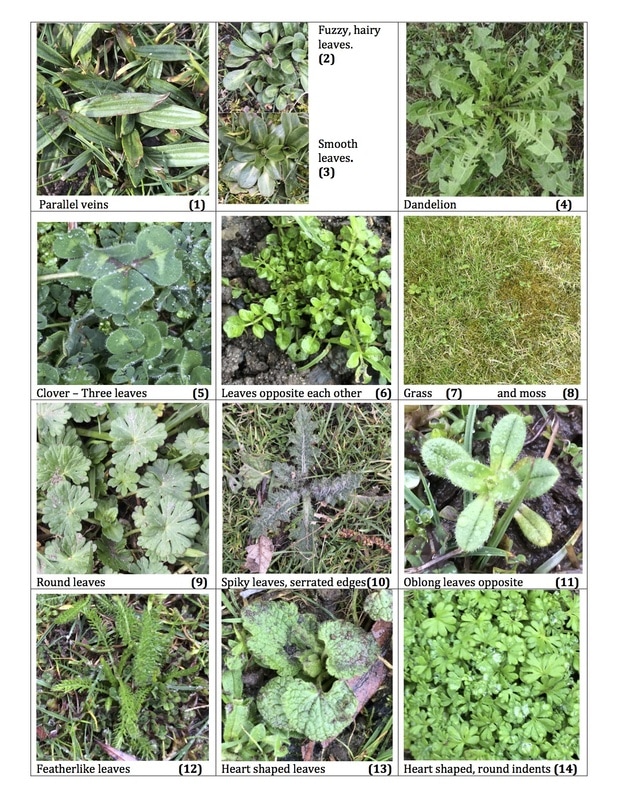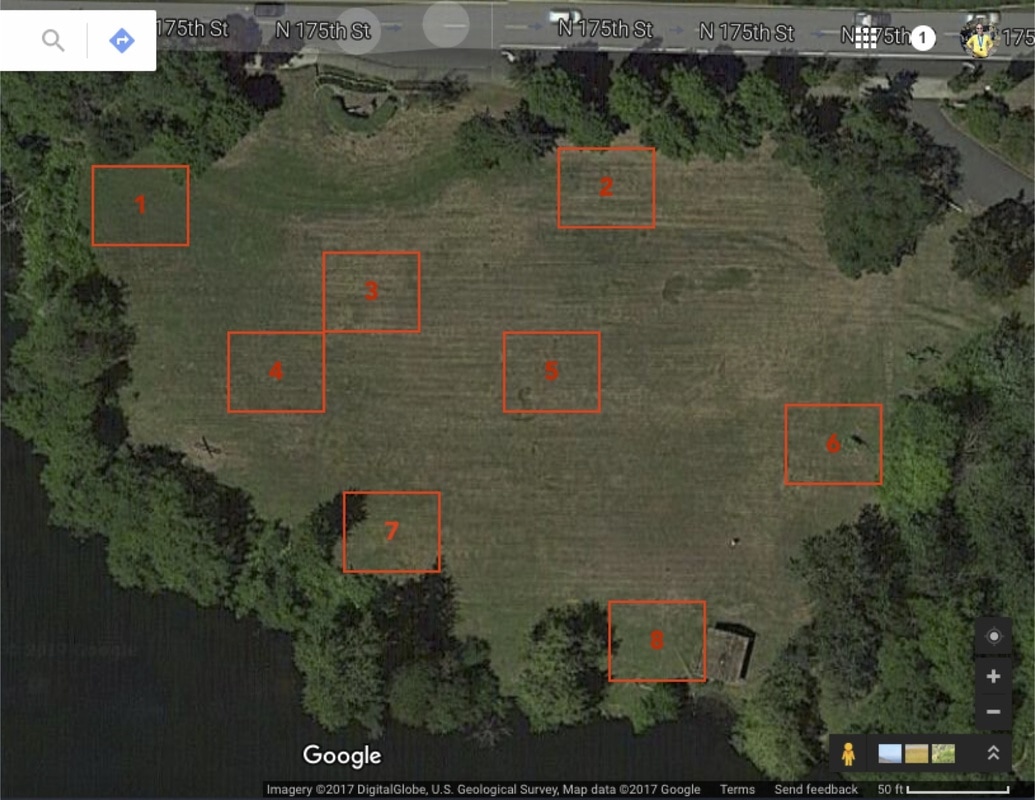Sampling
|
Scientists use a variety of sampling techniques in order to get an estimate of the number or quantity of different species in an area. One of the tools they use is a quadrat. A quadrat is a square with a known surface area that is sometimes divided into smaller parts. By counting the number of each type of species in the quadrat scientists can the estimate the number of these species in the entire area.
Random or systematic sampling is important when choosing where to place the quadrat. If you make a choice about where to sample you could be biased and not get a good number of estimating because of your bias. There are many ways to random sample, including mapping the area to a grid and using a random number generator, measuring a set distance and recording data a set points along the measured line, tossing a ball over your shoulder, or any combination of these. |
Quadrat - from this website.
|
A quadrat is a frame that is put on the ground (can also be used under water) to to sample the individuals within the frame. Quadrats can be different shapes, square, rectangular or circular, and they come in different sizes depending on the size of the species being sampled.
A single quadrat does not sample a large enough area to be predictive of the overall population size in an area. Multiple quadrat samples must be collected and then multiplied by the size of the entire area to estimate the total population size.
When sampling plants using quadrats you can measure the plants population in multiple ways.
Counts – a simple tally of the number of individuals of a species
Counts work well when you can identify individual plants, such as dandelions. They do not work well when you cannot identify when one plant ends and another starts, such as with grass, moss, and clover.
Cover – the percent (%) area of the quadrat occupied by a plant species.
Cover works well when plants are clumped together and cannot be identified as individual species. This works well for grasses and moss.
Frequency – the number of quadrats sampled in which the species is seen.
Frequency can be used for both individual sections of a quadrat or for individual quadrats. To measure frequency you simply count if the organism is present in the quadrat or the section of the quadrat. You can then calculate the percent of the time the organism is found.
The bog lawn is approximately 9200 meters squared. Each of the quadrats we will use is 0.5 meters squared. It would take 36,800 quadrats to cover the entire area of the lawn. We will only be sampling 16-20 quadrat spaces.
A single quadrat does not sample a large enough area to be predictive of the overall population size in an area. Multiple quadrat samples must be collected and then multiplied by the size of the entire area to estimate the total population size.
When sampling plants using quadrats you can measure the plants population in multiple ways.
Counts – a simple tally of the number of individuals of a species
Counts work well when you can identify individual plants, such as dandelions. They do not work well when you cannot identify when one plant ends and another starts, such as with grass, moss, and clover.
Cover – the percent (%) area of the quadrat occupied by a plant species.
Cover works well when plants are clumped together and cannot be identified as individual species. This works well for grasses and moss.
Frequency – the number of quadrats sampled in which the species is seen.
Frequency can be used for both individual sections of a quadrat or for individual quadrats. To measure frequency you simply count if the organism is present in the quadrat or the section of the quadrat. You can then calculate the percent of the time the organism is found.
The bog lawn is approximately 9200 meters squared. Each of the quadrats we will use is 0.5 meters squared. It would take 36,800 quadrats to cover the entire area of the lawn. We will only be sampling 16-20 quadrat spaces.
Bog Plant Species
Map of the area we will sample
Proudly powered by Weebly


